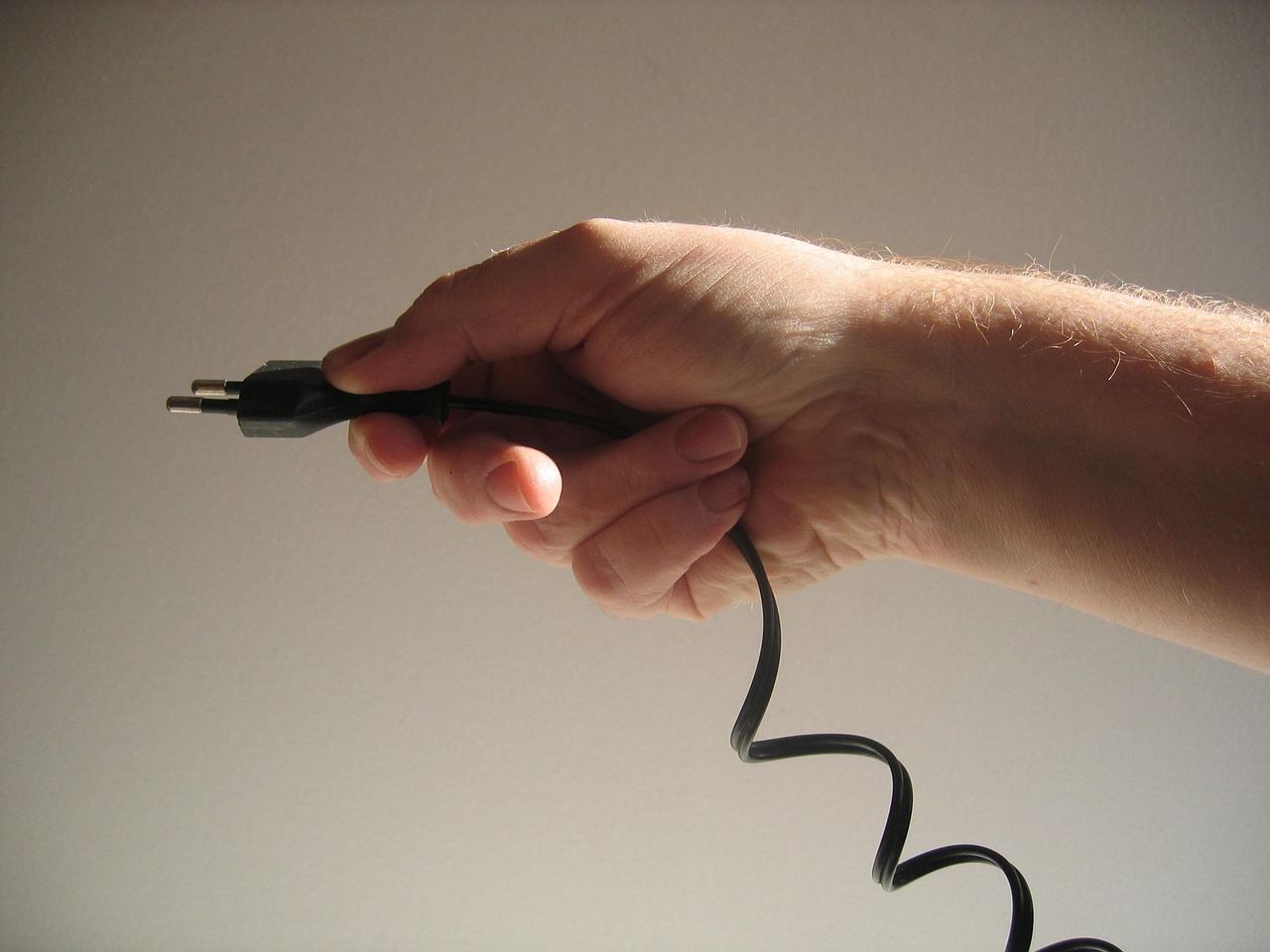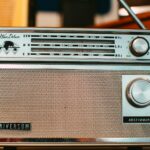Radio Frequency (RF) cables are vital components in a variety of electronic and communication systems, including televisions, satellite systems, and wireless networks. These cables are designed to carry high-frequency signals with minimal interference. However, like any piece of equipment, RF cables can suffer damage or degradation over time, leading to signal loss or poor performance. Fixing an RF cable is often more economical and convenient than replacing it outright, especially if the damage is minor. This essay provides practical tips on how to identify issues with an RF cable and repair it effectively. Make sure you get quality cables from a cable assembly company.
1. Identify the Problem
The first step in fixing an RF cable is diagnosing the issue. Common signs of a damaged cable include poor signal reception, static, or intermittent signal loss. Carefully inspect the entire length of the cable for visible signs of damage such as cuts, bends, corrosion, or loose connectors. Sometimes the problem might be internal, such as a break in the conductor or shielding, which might require more thorough testing using a multimeter to check for continuity.
2. Inspect and Clean the Connectors
RF connectors are often the first point of failure. Over time, connectors can become corroded, loose, or dirty, leading to signal degradation. Disconnect the cable and clean the connectors using a dry cloth or isopropyl alcohol. If the connector is damaged or rusted, it may need to be replaced. Tighten any loose connectors and ensure a snug fit when reattaching them.
3. Replace Damaged Connectors
If the connector is faulty, replacing it is a straightforward process. First, cut off the damaged end using a cable cutter. Carefully strip back the outer insulation, shield (braided wire), and dielectric layer to expose the central conductor, making sure not to nick the conductor. Attach a new RF connector, following the type-specific instructions (e.g., F-type, BNC, N-type). Crimp or screw the new connector in place securely to ensure a good connection.
4. Repair Cuts or Kinks in the Cable
If the cable is cut or sharply kinked, a splice may be necessary. Cut out the damaged section entirely and join the two ends with RF couplers or barrel connectors. This method is not ideal for high-frequency or long-distance signal transmission, as it can introduce signal loss, but it can serve as a temporary fix. Ensure that the shielding is properly reconnected to minimize interference.
5. Avoid Future Damage
Once the cable is repaired, steps should be taken to avoid future issues. Keep the cable away from sharp bends, moisture, and excessive heat. Use cable clips or ties to secure the cable and prevent stress on the connectors. When installing or routing the cable, avoid areas where it could be pinched, stepped on, or exposed to the elements.
Conclusion
Fixing an RF cable requires a blend of careful inspection, basic tools, and a bit of technical know-how. Whether it’s replacing a corroded connector or splicing a damaged section, most repairs can be done with minimal expense and effort. By understanding the structure of an RF cable and following the tips outlined above, users can extend the life of their cables and maintain clear, consistent signal transmission in their systems. Regular maintenance and cautious handling can go a long way in preventing damage and ensuring the reliability of RF communication.


